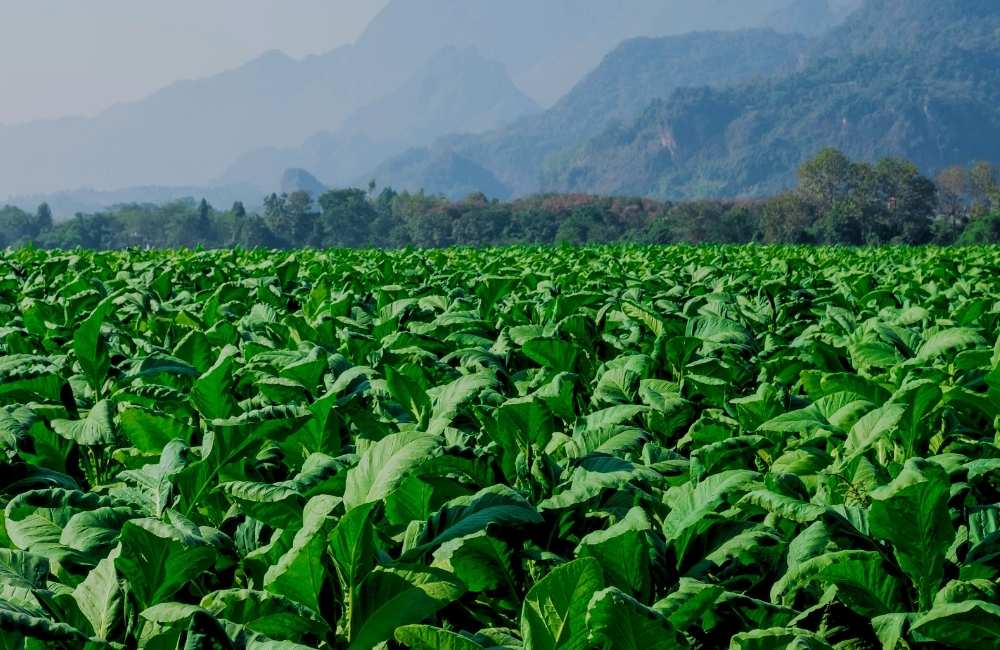
Tobacco is one of the most widely cultivated commercial crops in the world, and its journey from the farm to the factory is a complex and highly controlled process.
Every step from selecting the seeds to delivering the final packaged cigarettes requires precision, expertise, and advanced machinery to ensure consistent quality, flavor, and satisfaction for consumers.
In this article, we will take an in-depth look at each stage of the tobacco processing journey, explaining the techniques, technology, and quality measures that transform raw tobacco leaves into premium cigarettes ready for market.
The journey begins in the fields where tobacco is grown. Farmers carefully select tobacco varieties based on climate, soil conditions, and the desired end product. The most common types of tobacco include Virginia, Burley, and Oriental, each contributing different characteristics to the final blend.
Harvesting tobacco leaves at the right time is crucial. Too early, and the leaves lack flavor; too late, and they become overly coarse.
Proper timing ensures the leaves have the right chemical composition for the curing process.
Curing transforms freshly harvested green leaves into tobacco ready for processing. This is where flavor, aroma, and color develop.
The moisture level is carefully monitored here, as improper curing can lead to mold or poor burning qualities.
After curing, tobacco undergoes fermentation — a natural biochemical process that removes undesirable odors and further enhances flavor.
Once aged, tobacco is sent to the factory for primary processing. This stage prepares the leaves for cigarette manufacturing.
For large-scale processing, advanced tobacco machinery is used to ensure accuracy, speed, and uniformity.
Once the tobacco is ready, it moves into the secondary processing stage — cigarette manufacturing.
Factories often use high-speed, precision cigarette making machines capable of producing thousands of cigarettes per minute.
Once manufactured, cigarettes must be packaged to preserve quality and appeal to consumers.
Advanced cigarette packing machines automate this process, ensuring speed, accuracy, and consistency.
Tobacco processing and cigarette manufacturing rely on continuous operation. Downtime can be costly, making spare parts crucial.
Factories keep a ready supply of spare parts for all machinery to ensure quick repairs and minimize interruptions. This includes components for cutters, rollers, feeders, and packing systems.
From farm to final product, strict quality control measures ensure the end product meets regulatory and consumer expectations.
Modern tobacco companies also focus on sustainability:
The journey of tobacco from farm to factory is a combination of agricultural expertise, advanced technology, and strict quality standards. Each step — from cultivation to tobacco machinery operations — plays a vital role in delivering a consistent, high-quality smoking experience to consumers.
Whether it’s the precise engineering of cigarette making machines, the automation of cigarette packing machines, the innovation of cigarette filter making machines, or the reliability of spare parts, every link in the chain ensures the final product is something smokers recognize and trust.
We specialize in the provision of Tobacco Machinery. Our expertise encompasses not only the trading of machinery but also extends to being a dedicated supplier. This specialization is enriched by our comprehensive solutions tailored for emerging Cigarette Companies. What sets us apart is our ability to offer firsthand insights through our active Cigarette Manufacturing operation in the UAE.